Virtual reality isn’t just for The Matrix anymore.
In fact, it’s taken a pretty prominent place in the real world over the past five years.
Products and services dedicated to the use of virtual reality (VR) have already been developed and are being used daily.
You can find it in video games, movies, and more.
For example, the VR game Pokémon Go took the world by storm when it was released to the mobile-gaming market in July of 2016.
And companies like Samsung have created VR-gaming headsets you can instantly connect to your phone.
Step into any technology store, and you can probably catch a glimpse of virtual reality taking shape.
This explosion in growth for VR is good news for marketers.
New marketing platforms and tactics don’t come around often.
But when they do, you need to be one of the first companies to jump on board if you want to succeed.
How do you take advantage of this new, growing platform?
What is VR, really? And how on Earth does it apply to the future of marketing?
Today we’re going to dive into just that.
Here’s how VR will impact the future of marketing and why you should care.
What is virtual reality?
Before we jump into virtual reality and how it applies to marketing, we need to get some definitions established.
So, what do we mean when we say “virtual reality?”
Essentially, virtual reality is a computer-based simulation of an interactive environment.
It feels real and physical by using electronics like headsets, glasses, and phones. But it isn’t.
Here’s an informative, concise definition from Augment:
Virtual reality can take many forms.
For example, Samsung currently develops and sells a product called “Gear VR” that’s used for gaming or simulating life-like, but fake, worlds.
You can use the VR headset and controller to explore and travel the virtual globe and beyond.
You can even use virtual reality with Samsung’s products to go skydiving — virtually.
With VR-based products, the options are almost limitless.
You can do anything from playing and experiencing games on a new level to traveling to new destinations, all within the headset.
Virtual reality is one of the biggest technological innovations we’ve seen in the modern world.
Instead of watching a show or film about your favorite city, you can be there in your headset.
If you don’t have the money to travel, you can feel like you’re walking in Barcelona from the comfort of your own home.
Other companies, like Playstation, are developing advanced VR technologies, too.
For example, they currently sell a product called Playstation VR.
There are actually dozens of companies selling virtual-reality machines on the market right now.
Here are a few of the most popular, according to PCmag:
Currently, virtual-reality technologies are based heavily on headset-style products that allow a user to quickly immerse themselves in virtual worlds or games.
But virtual reality is becoming more diverse every year as new technological advances are discovered.
Virtual reality is growing fast
With all these new features, it’s no wonder the virtual-reality market is seeing explosive growth.
In fact, current global virtual-reality revenues are hitting the $7-billion mark in 2017.
On top of that, the revenues are set to explode 10 times by 2021.
It’s safe to say virtual reality is on the rise and unprecedented growth should be expected.
Some of the most popular ways we’re already consuming virtual-reality based content are with head-mounted displays.
So how many people are really using this crazy new technology? Millions of them.
The market for virtual reality is expected to see a huge growth in users by 2020.
As more companies produce more products and ways to consume virtual content, the user base will continue to grow.
On top of that, venture-capital firms are starting to increase their investments in virtual and augmented-reality products.
As venture-capital firms start to invest more money, we can pick up on trends that users are showing.
For example, according to a 2016 study by Global Web Index, more than two-out-of-five people between the ages of 16-and-34 are interested in VR headsets.
Virtual reality is growing every year. More consumers are starting to show interest in VR products, which encourages more companies who are building content to optimize for it.
So what does all this mean for marketers?
It means a few different things: a new advertising platform, more e-commerce sales, local business traffic, and different ways of sharing content.
According to Tech Crunch, long-term business models of virtual reality will focus on the following revenue centers:
Some of the biggest revenue drivers of the VR industry will focus on ad spend, e-commerce sales, and hardware sales.
Now that you’ve got a good grasp on what virtual reality is and why it matters for marketing, here are a few examples of how VR has already impacted what marketing will look like in the future.
How Pokémon Go sparked VR-based marketing
If you’re not familiar with Pokémon Go, you’ve probably been living under a rock.
It took the Internet and mobile-gaming world by storm when it was released in 2016.
The game itself was simple.
You installed the application on your phone, then you ventured out into the real world to catch Pokémon with it.
The game included a virtual map that pinpointed virtual Pokémon, depending upon where you went in your city.
When you stumbled upon a Pokémon, it would virtually appear in your environment.
Pokémon Go was one of the first, most popular versions of a virtual-reality mobile game.
You could walk around your real city and see virtual-game characters appear on your screen that interacted perfectly with the environment around you.
And the user base exploded.
In fact, when the game launched in 2016, people were spending more time on it than social media platforms like Facebook and Snapchat.
On top of that, Pokémon Go was the biggest U.S. mobile game of all time when it came to peak, daily, active users.
Pokémon Go was a worldwide sensation.
You could see people playing it almost anywhere you went.
So, what does a gaming app have to do with marketing?
How did Pokémon Go’s virtual-reality game impact the marketing world?
Local businesses started to cash in on the content.
Businesses could essentially buy ad space that would attract customers to their business and market to those who were out on a Pokémon “hunt.”
The user could find certain Pokémon at local businesses.
Here are a few examples to give you a better picture:
Local businesses could buy specific ad slots in the game that were called “Lures.”
These “Lures” were essentially advertisements for businesses that would draw crowds to them for a small fee.
You could promote your brand as a “PokéStop,” where real-life people could come to and collect items to aid in their Pokémon hunts, giving you the opportunity to drive sales.
Here’s how Fuzzy’s Taco Shop in Texas used Pokémon Go to bring in tons of new business:
This type of virtual-reality gaming was incredible for marketing.
A local business in New York, Miscelanea NY, used Pokémon Go to drive huge engagement on their Facebook Page and real traffic to their store.
And according to AdEspresso, they drove a 1,600% increase in page likes.
Pokémon Go brought a new level of advertising to play.
Instead of buying ads on Facebook, people were buying ads on the VR game that drove real-life traffic to their stores.
Pokémon Go is a prime example of how virtual reality will start to impact the future of marketing.
If such a simple, basic VR game can have such a major impact on marketing and advertising, imagine what kinds of ads you can buy on headset-based VR games.
Virtual reality drives emotional engagement
It’s no secret that emotions are a big factor in driving marketing engagement.
Just look at storytelling for example.
People love hearing stories and connecting them to real-world applications like growing your business.
Storytelling is powerful and it can drive big conversions for one simple reason: people resonate with it.
They get emotionally attached to it.
And according to Nielsen and YuMe’s 2016 study, virtual reality does exactly that.
The findings were incredible.
Virtual-reality study participants were more engaged when compared to other platforms of content consumption.
These participants were actually in a highly engaged state for 50% of the experience, whereas video content only kept them engaged for 34% of the experience.
And that’s not all. Virtual reality drove a 17% higher emotional response than video and a 27% higher response than 2D.
Overall, virtual reality drove higher engagement and emotional response than any other platform it was tested against.
And that’s great news for marketers. Emotion-based marketing is a powerful method of connecting people to your brand in ways that traditional product-based ads can’t.
VR will bring better content marketing
Virtual reality opens the doors to more interactive, creative, and engaging content.
With almost limitless possibilities, VR will change marketing by altering the content marketing game.
One of the best examples of this comes from Ikea.
If you’re not familiar with Ikea, it’s a home-furnishing store that has massive shops in dozens of countries worldwide.
And they’ve utilized virtual-reality marketing tactics to bring in tons of new sales.
They do all of this using their iPhone app called “Ikea Place.”
You can use the application to test different pieces of furniture in your own home.
This means you don’t even have to travel to the store to see if the furniture would work in your new house.
Here’s what it looks like:
This is content marketing on steroids.
Instead of blogging about the best types of couches and important home-design features, you can have a customer virtually test tons of different products.
You can actually get consumers to enjoy testing your products for free instead of having to convince them with blog posts.
Content marketing could change forever with big implementations of virtual reality.
People are already reading less and less. In fact, 43% would like to see even more video from marketers.
That means content marketing will have to adapt to survive, and with the invention of virtual reality, it could very easily shift to virtual video-style content.
Even StubHub, a ticket-selling platform, has taken advantage of virtual-reality content marketing.
They allow users to interact in virtual environments based on the concert venues they want to purchase tickets for.
This allows users to test the exact seat they will buy before they even make the purchase.
Shopify is starting to take advantage of virtual reality to drive sales with content, too.
They’re currently building an application that allows users to walk into a virtual store and design T-shirts for e-commerce sales.
And they convert users of this free experience by allowing them to purchase their designed shirt directly from the virtual experience.
Content marketing will likely change a lot in the next 5-to-10 years.
It’s inevitable as technology starts to improve, change, and progress.
VR will have a big impact on how we deliver and optimize content for the user experience.
Instead of focusing on writing long-form blog posts, we’ll be focusing on creating virtual, interactive videos.
One of the biggest virtual-reality marketing strengths will be an expansion of content marketing.
It will enable users to connect to your content in a virtual way that feels and looks real.
And brands are already finding success with this content marketing strategy.
For example, Destination British Columbia used VR content marketing to create virtual-reality content.
Users could virtually travel to British Columbia to explore the wilderness.
This is putting content marketing on the next level.
They didn’t write a blog post about things to do in BC, and they didn’t create a basic video.
They enabled users to emotionally connect to the experience to the point where it made people want to visit and see even more of BC.
And it worked.
They drove 5% more visits with the virtual-reality campaign.
Another awesome use of VR to create content was done by the Thomas Cook travel agency to showcase their products for new customers.
They called it the “Fly Before You Buy” experience where VR users could take a virtual ride in their planes and helicopters over New York City.
Pretty cool, right?
With this piece of content marketing, Thomas Cook was able to increase their ROI by 40% and saw a 190% increase in bookings in New York City.
One of the best examples of virtual-reality content marketing that I’ve ever seen, though, was done by Marriott in 2015.
They started to add virtual-reality headsets into each one of their hotel rooms to give users the experience of traveling to new destinations.
Hotel room guests could simply slide on the headset and virtually travel to London, NYC, and Beijing in a matter of seconds.
Of the new guests that used their virtual-reality content, 51% said they wanted to stay more often at Marriott hotels.
Content marketing on virtual reality will open the doors for creativity and exploration.
These experiences and personalized activities will assist as big drivers of sales.
Think of it like the free trial of virtual reality.
People can test your product and service. And they can virtually experience it before they buy the full product.
It bridges the gap between hesitation and conversion.
Virtual reality is growing fast, and content marketing needs to grow with it.
Conclusion
Virtual reality has been an innovative, evolving technology in the past five years.
All kinds of products, services, and games are starting to take advantage of the technology.
Every day, virtual reality becomes more of a real-life reality as companies grab onto the quickly growing trend.
And consumers are on board, too.
Pokémon Go took over the lives of millions of people using virtual-reality gaming.
And companies are starting to develop virtual-reality devices that can connect to your mobile phones.
The technology is expanding and growing, and so is the user base.
And when it comes to marketing, that means we have a new channel for delivering marketing messages.
If you want to take advantage of a new medium, however, you need to know how it will impact the future of marketing.
Virtual reality is growing fast. More companies are producing VR-based products, and more firms are investing in the development of the technology.
Pokémon Go already showed marketers that VR can be huge for your brand.
Virtual reality drives higher emotional engagement than any other form of content.
On top of that, it’s changing content marketing as we know it.
Instead of blog posts, we will start to see virtual experiences that promote high levels of engagement and interaction.
Virtual reality seems like it’s here to stay, and it will be a key player in the marketing world for years to come.
What will you do to prepare for the future of VR marketing?
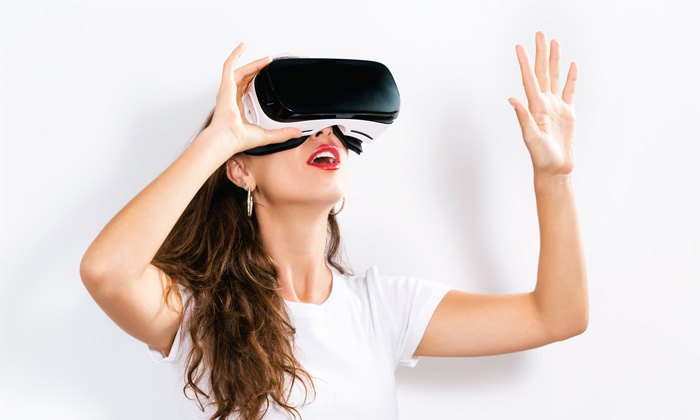
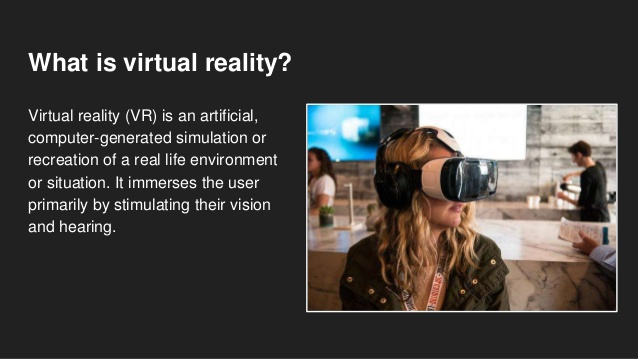
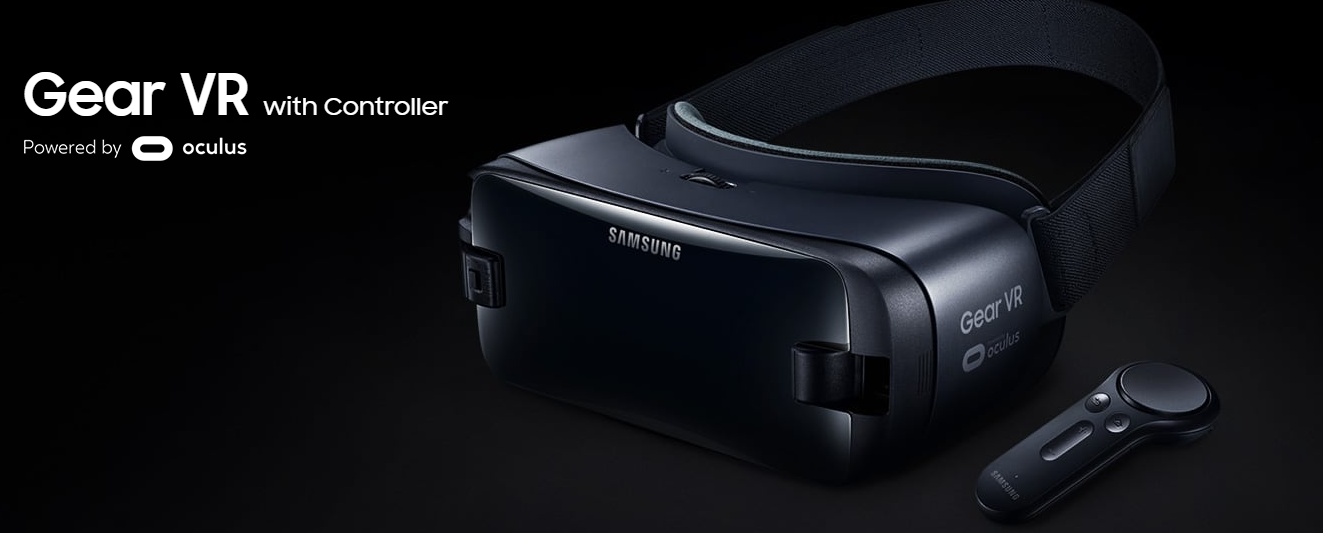

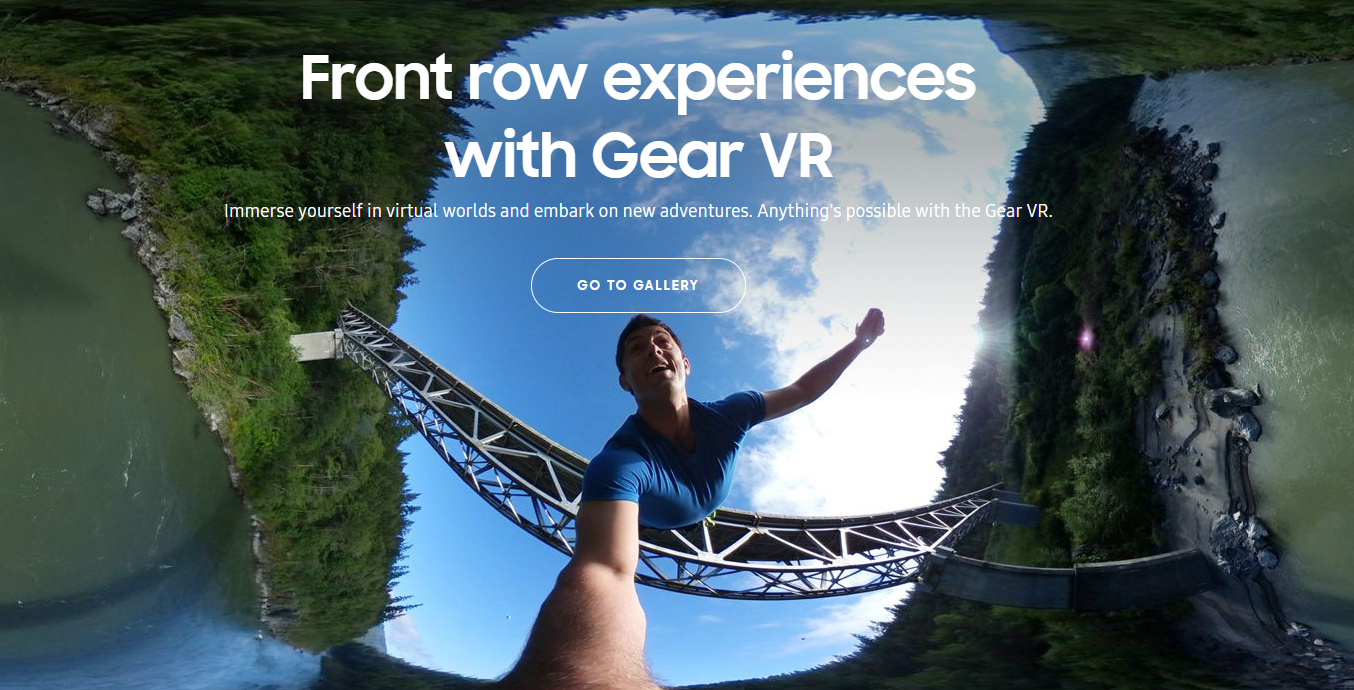


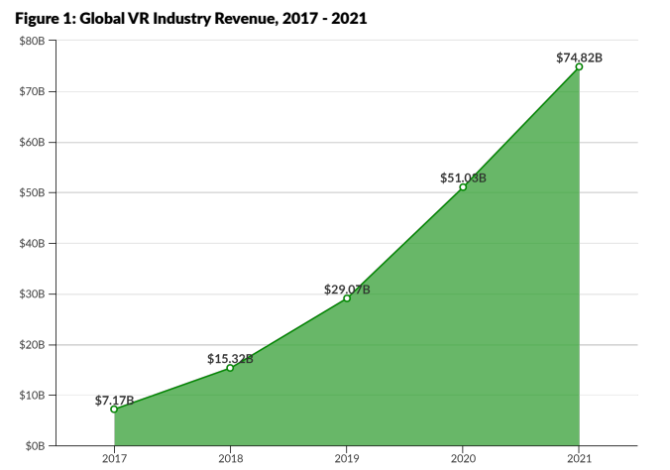
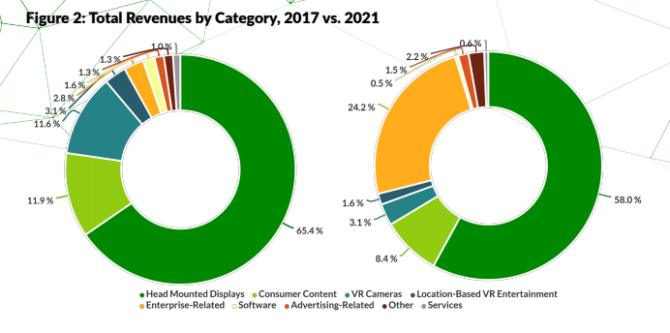
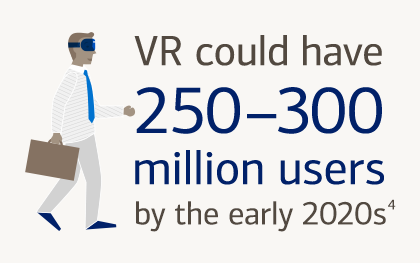

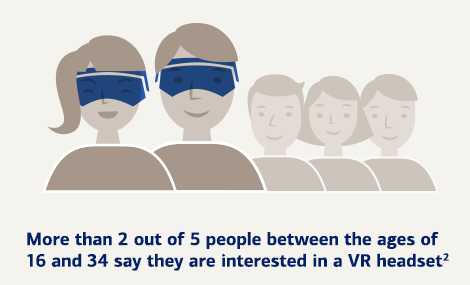
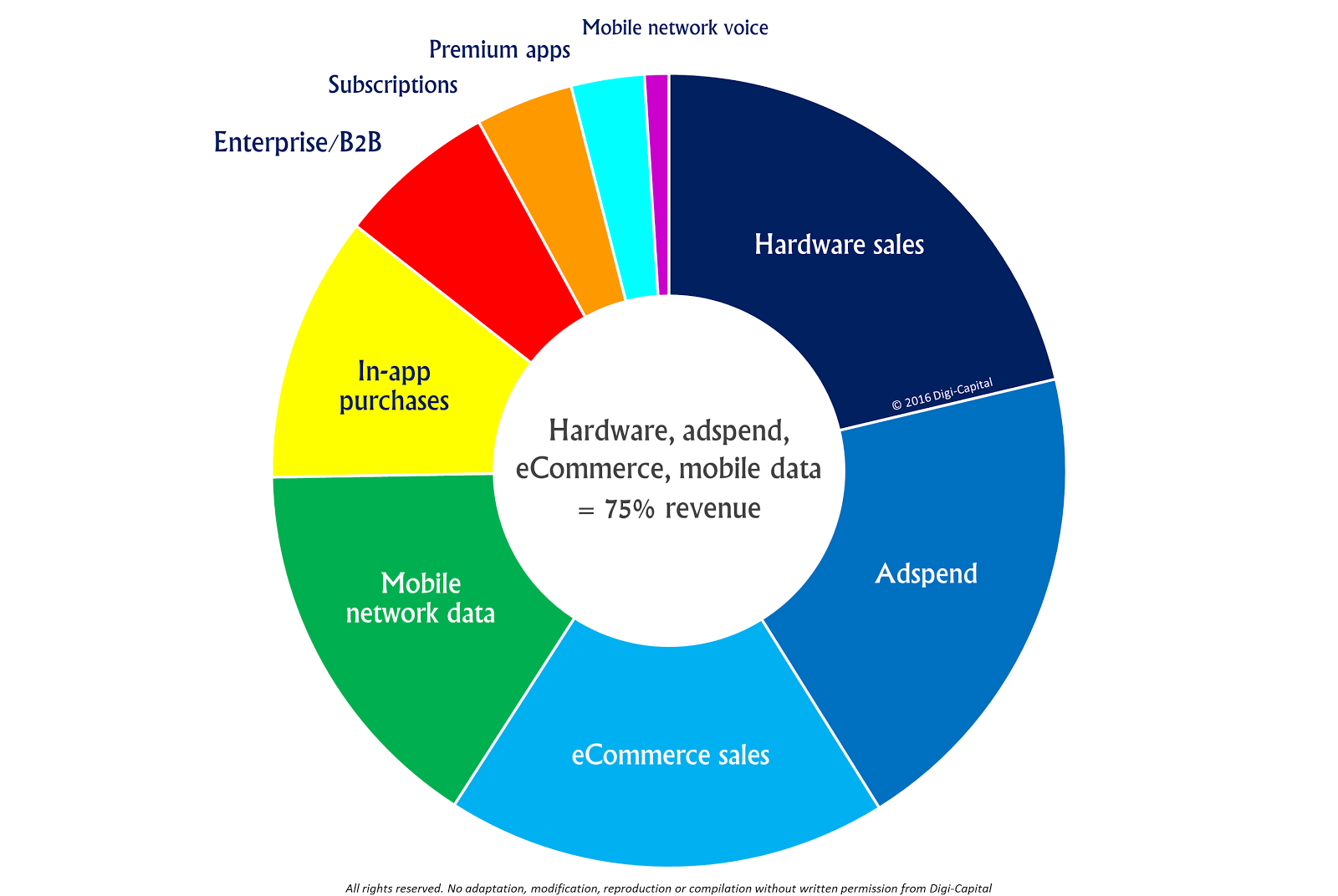
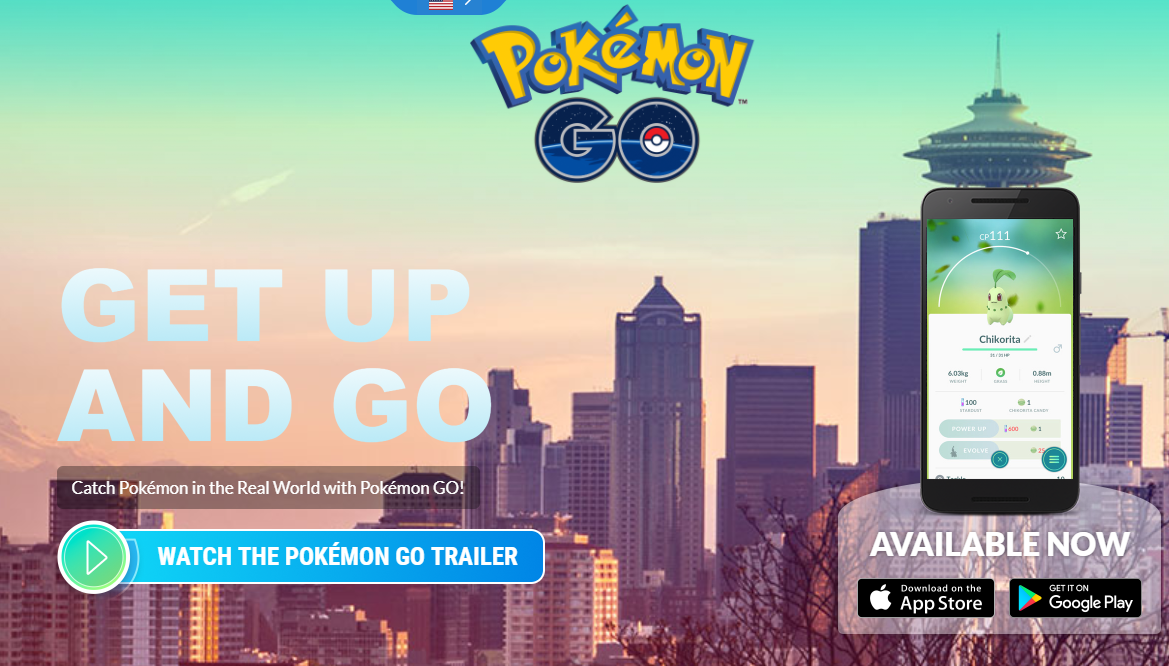
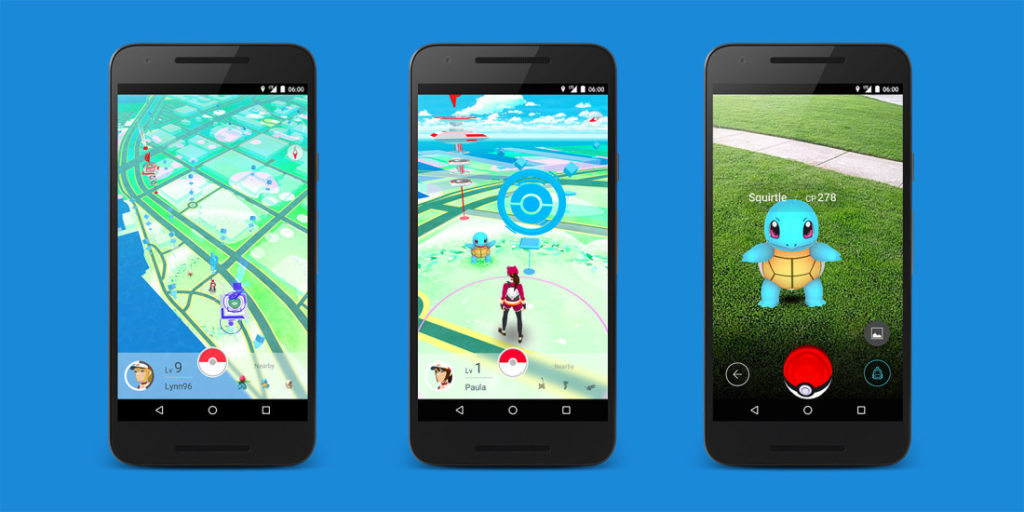
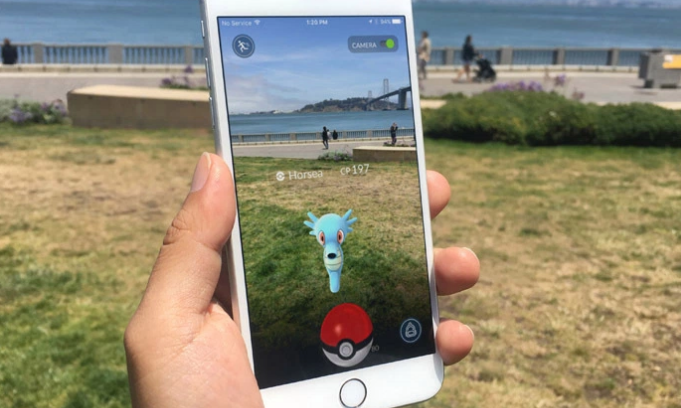
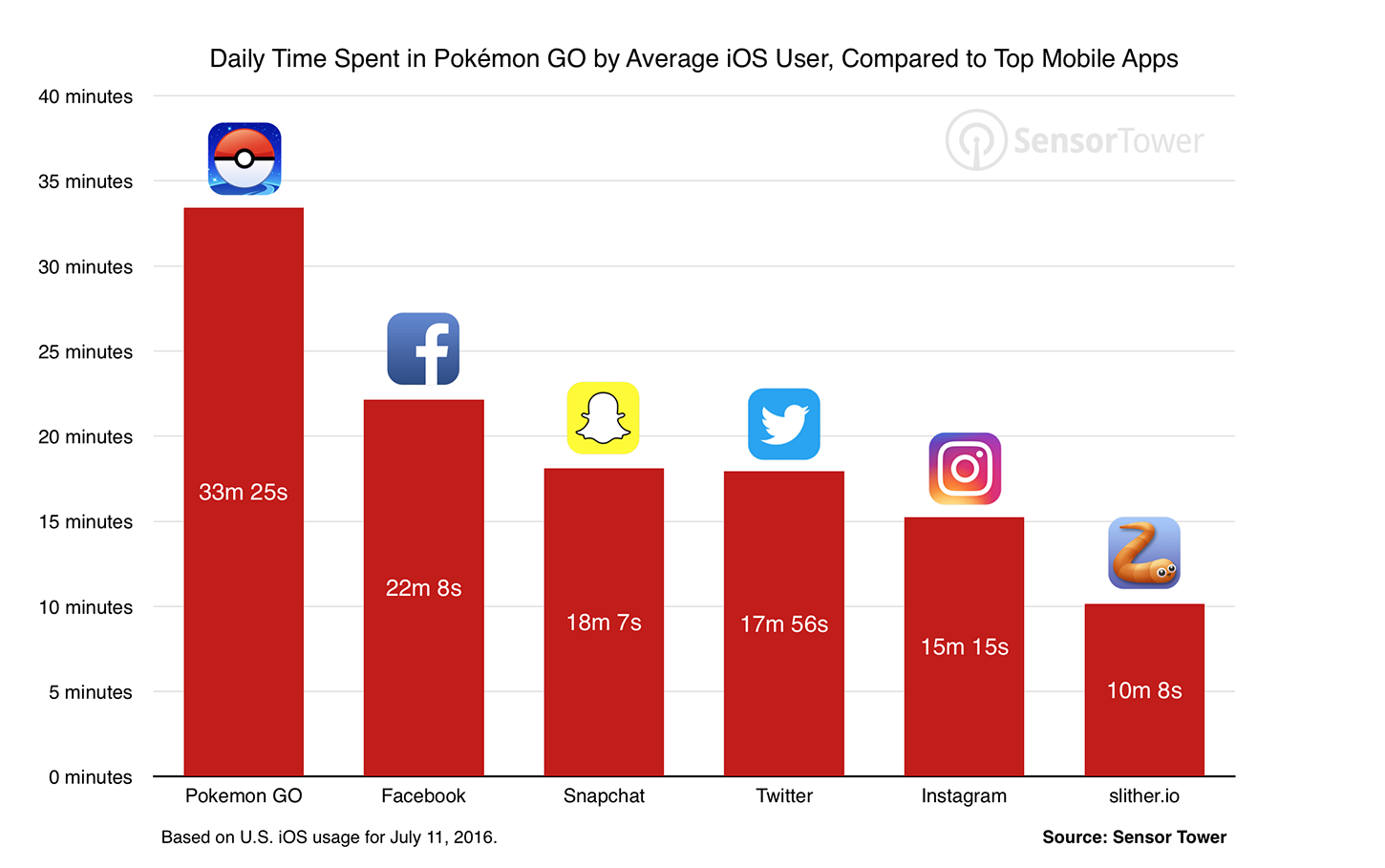
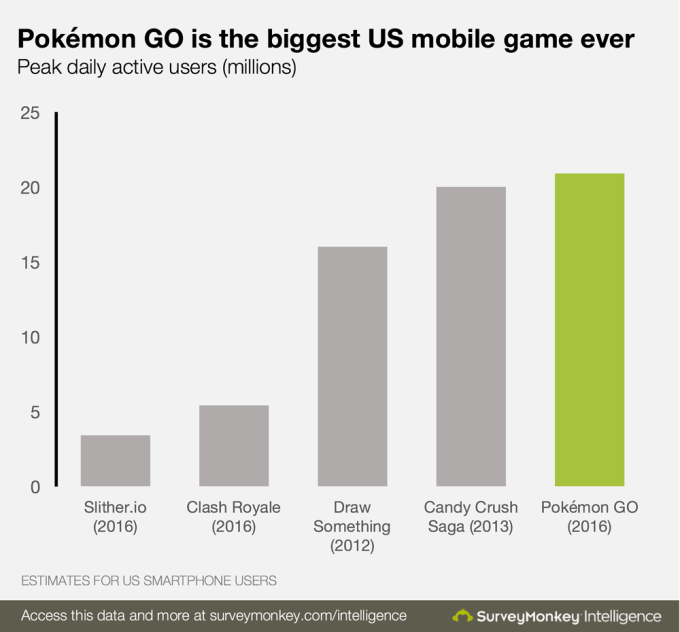
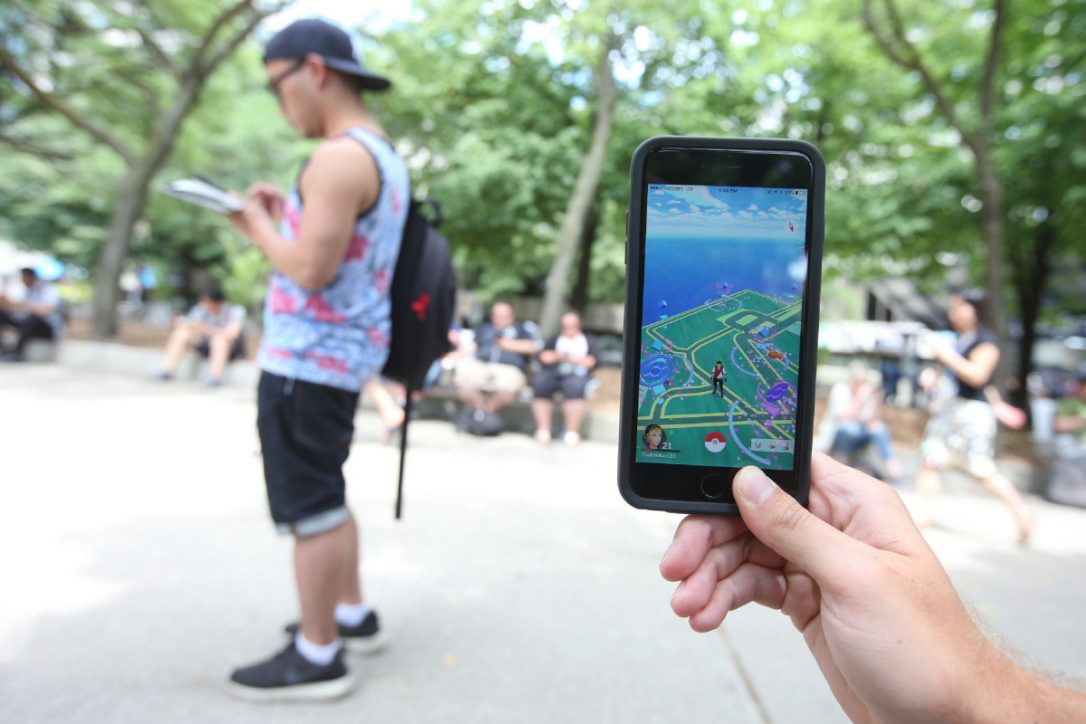
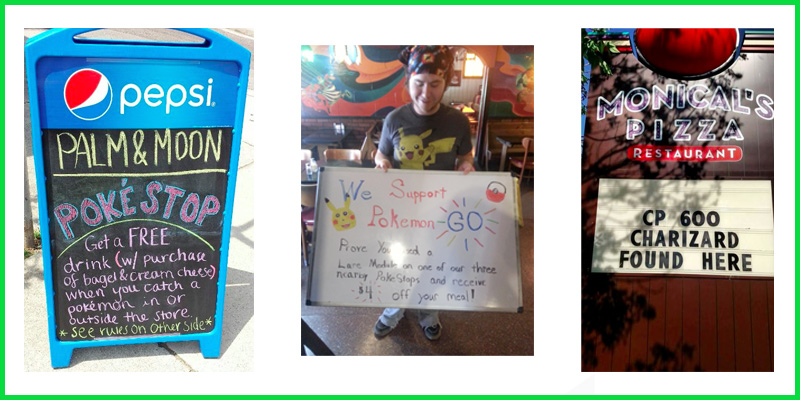
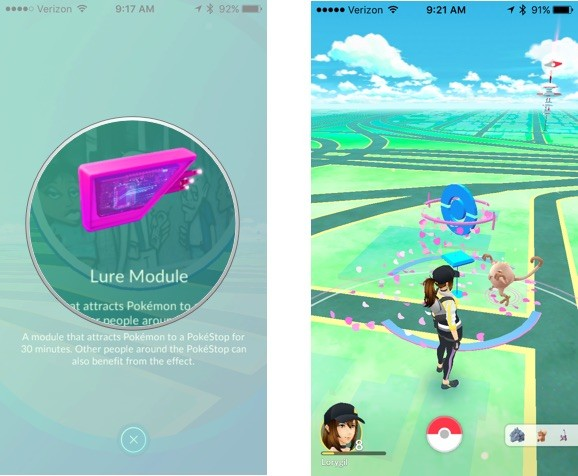
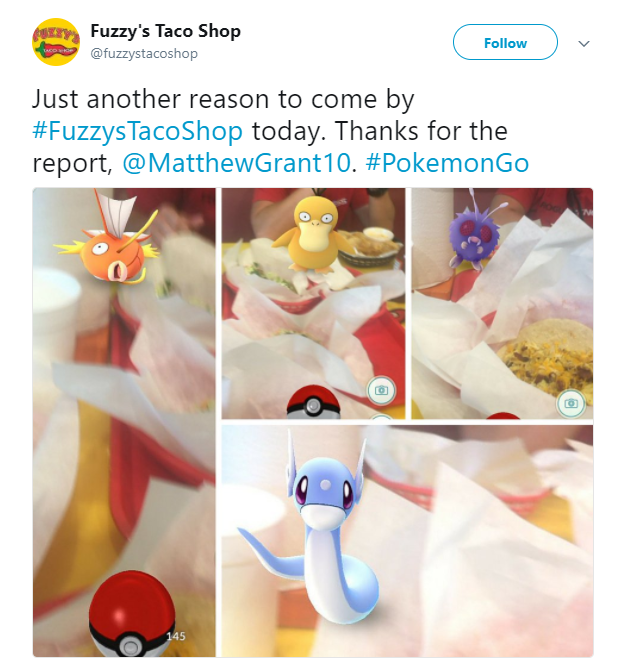



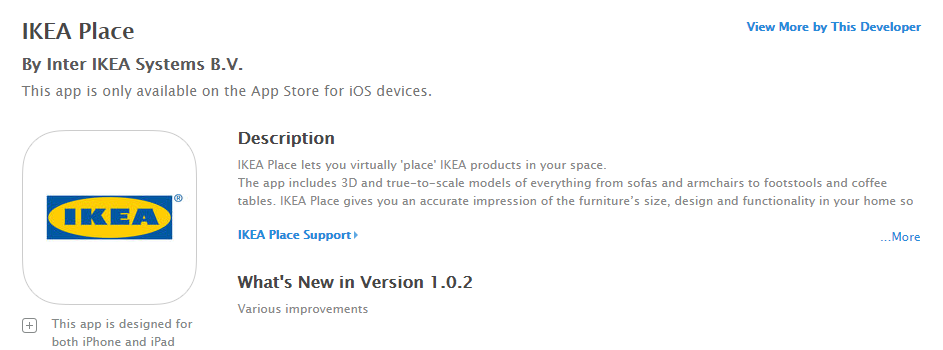
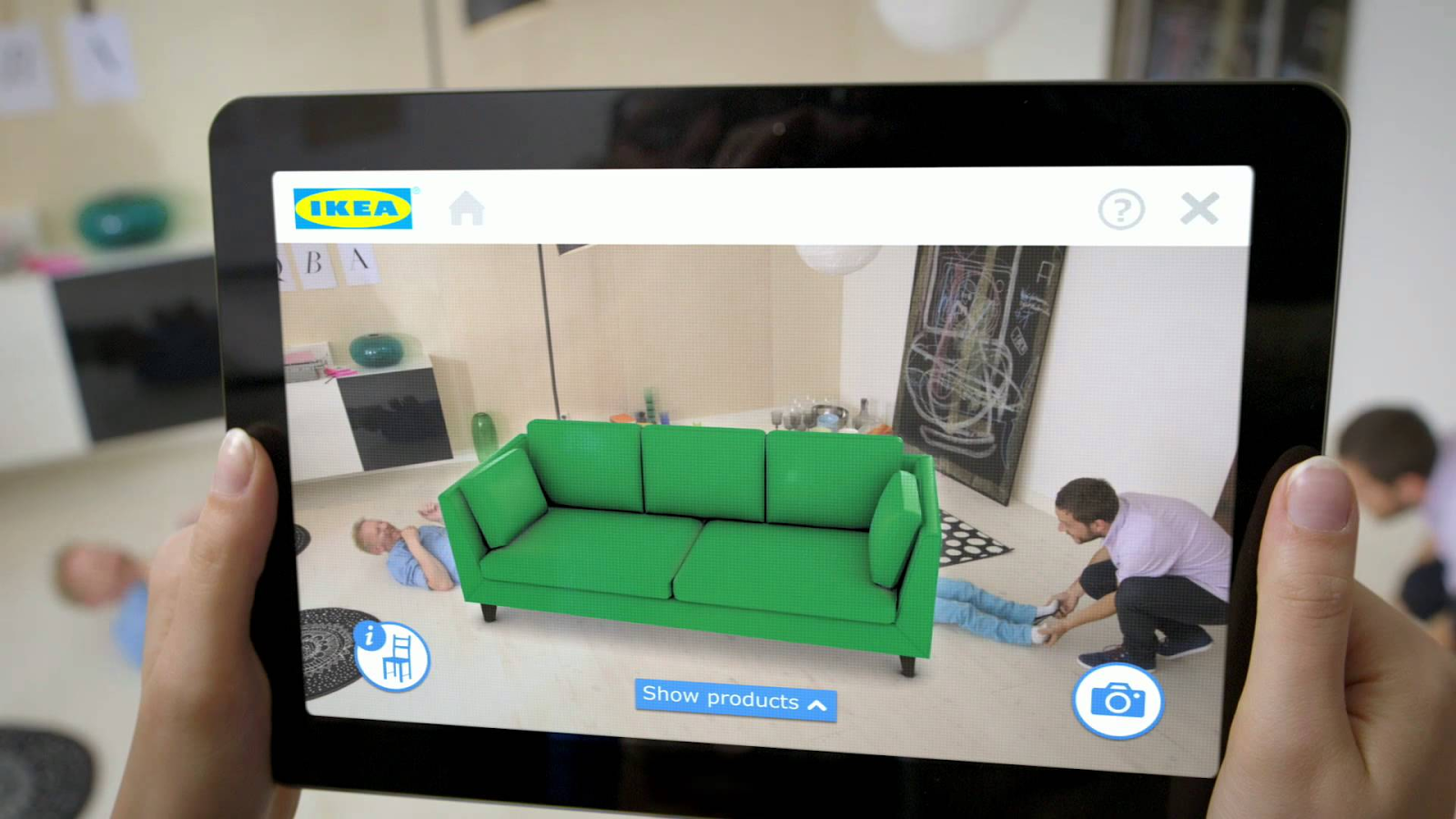
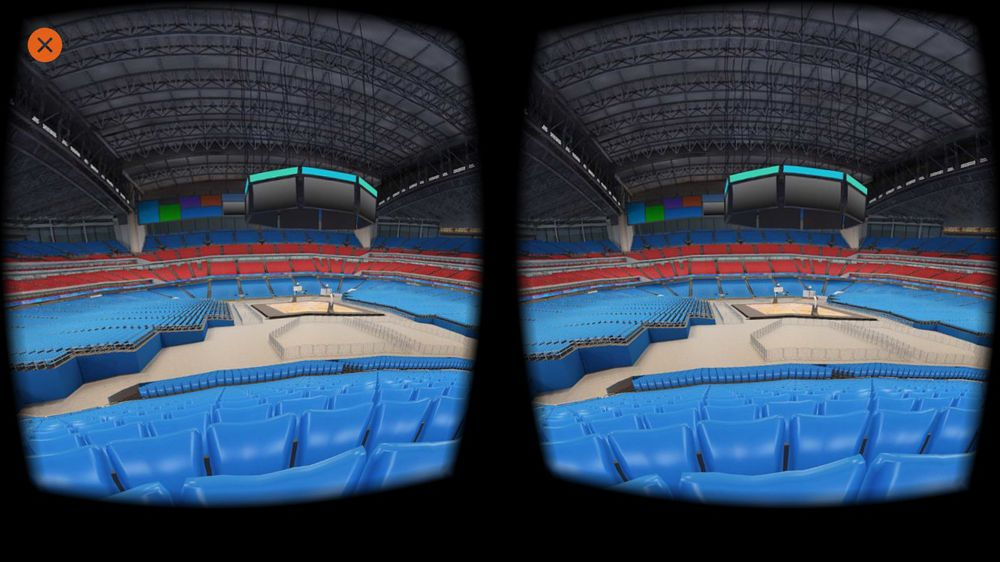
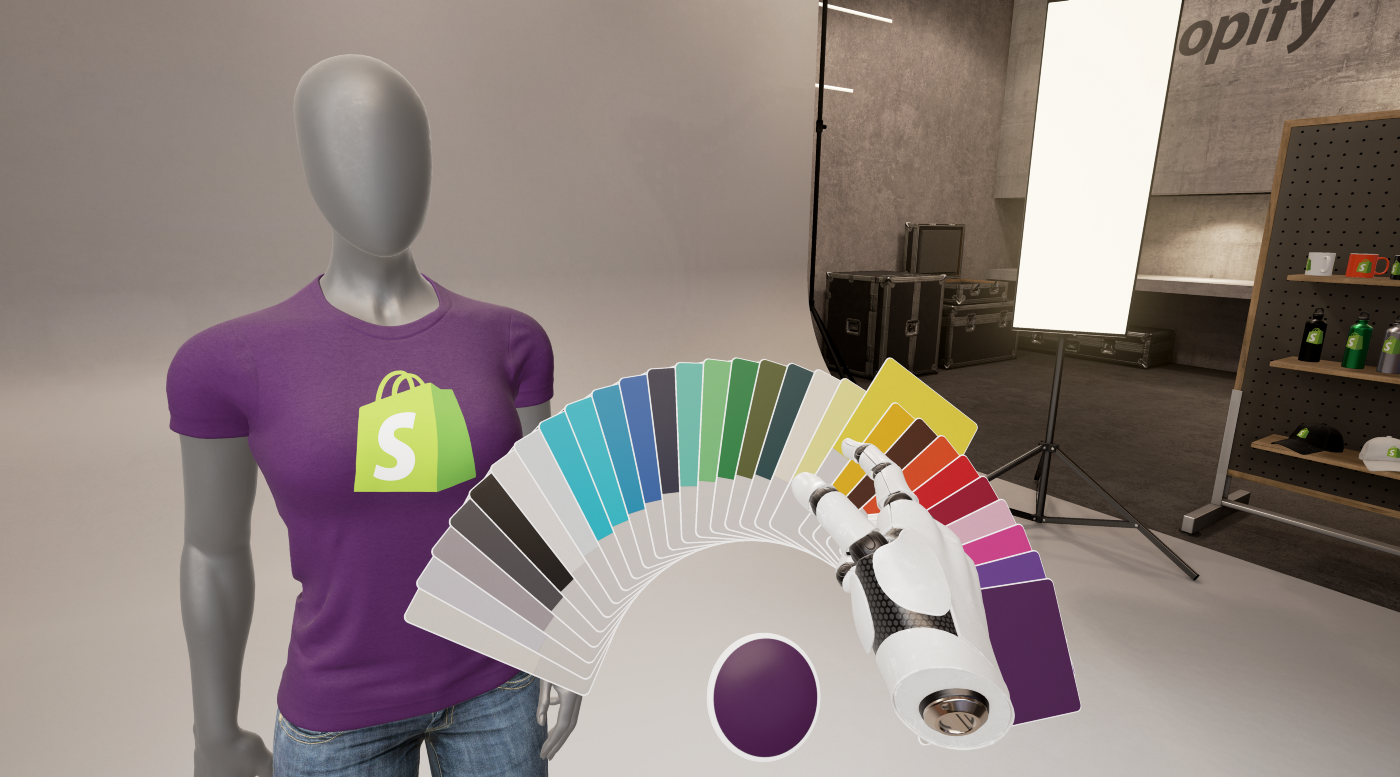
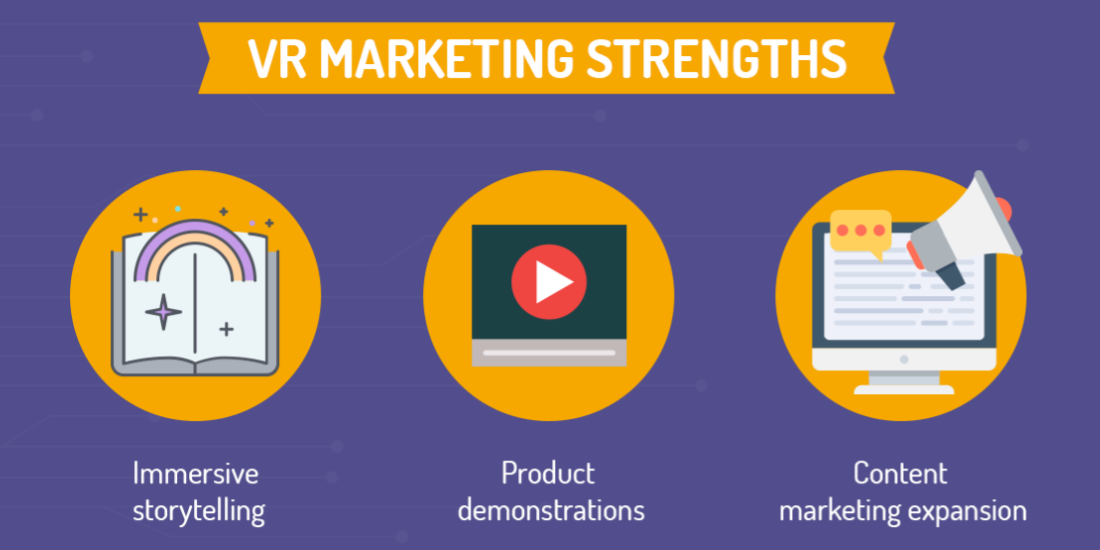
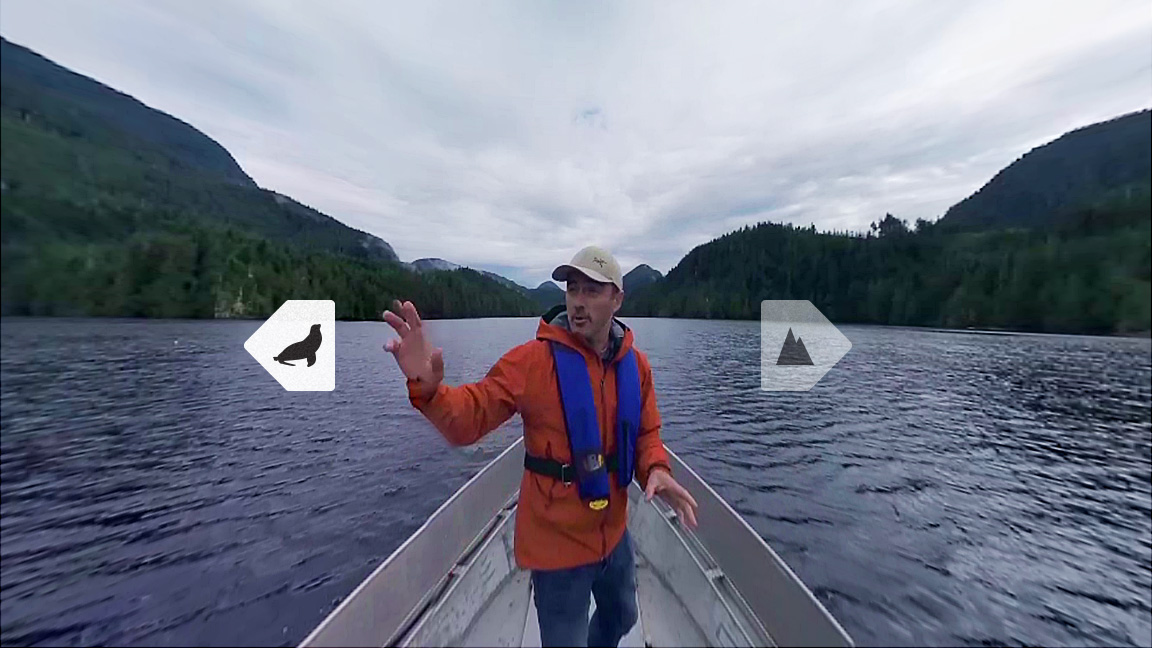

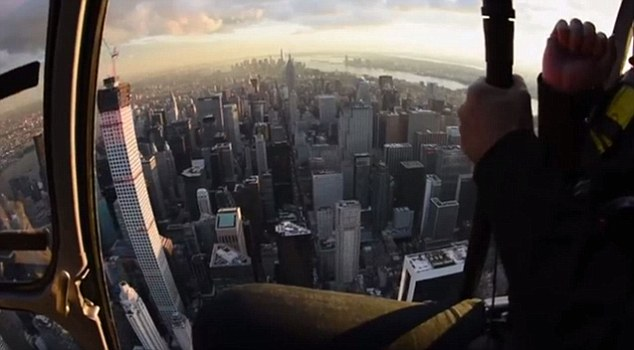

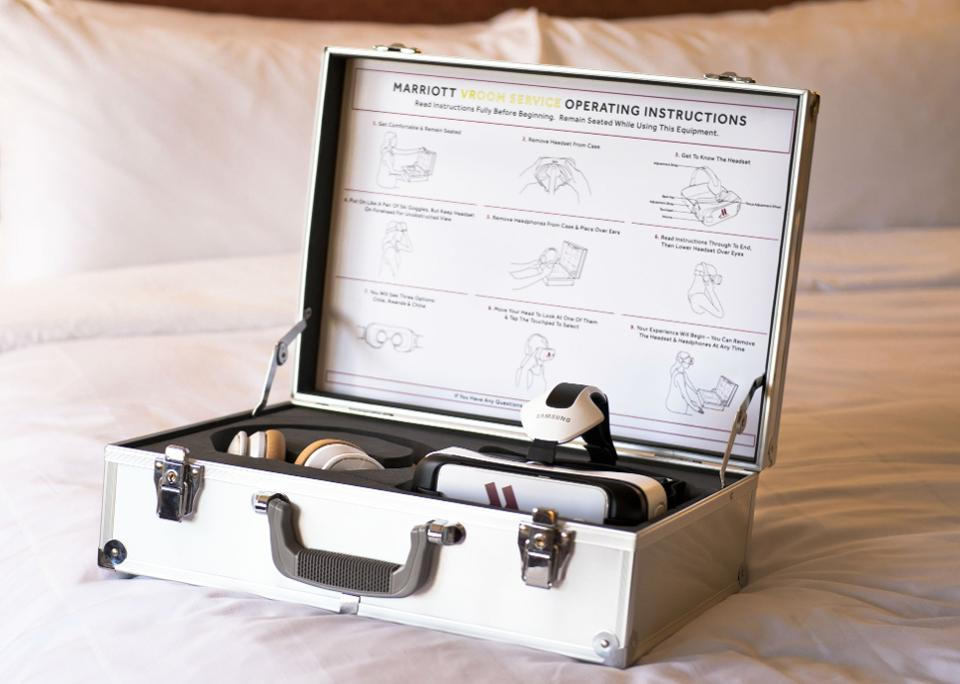

Comments (6)